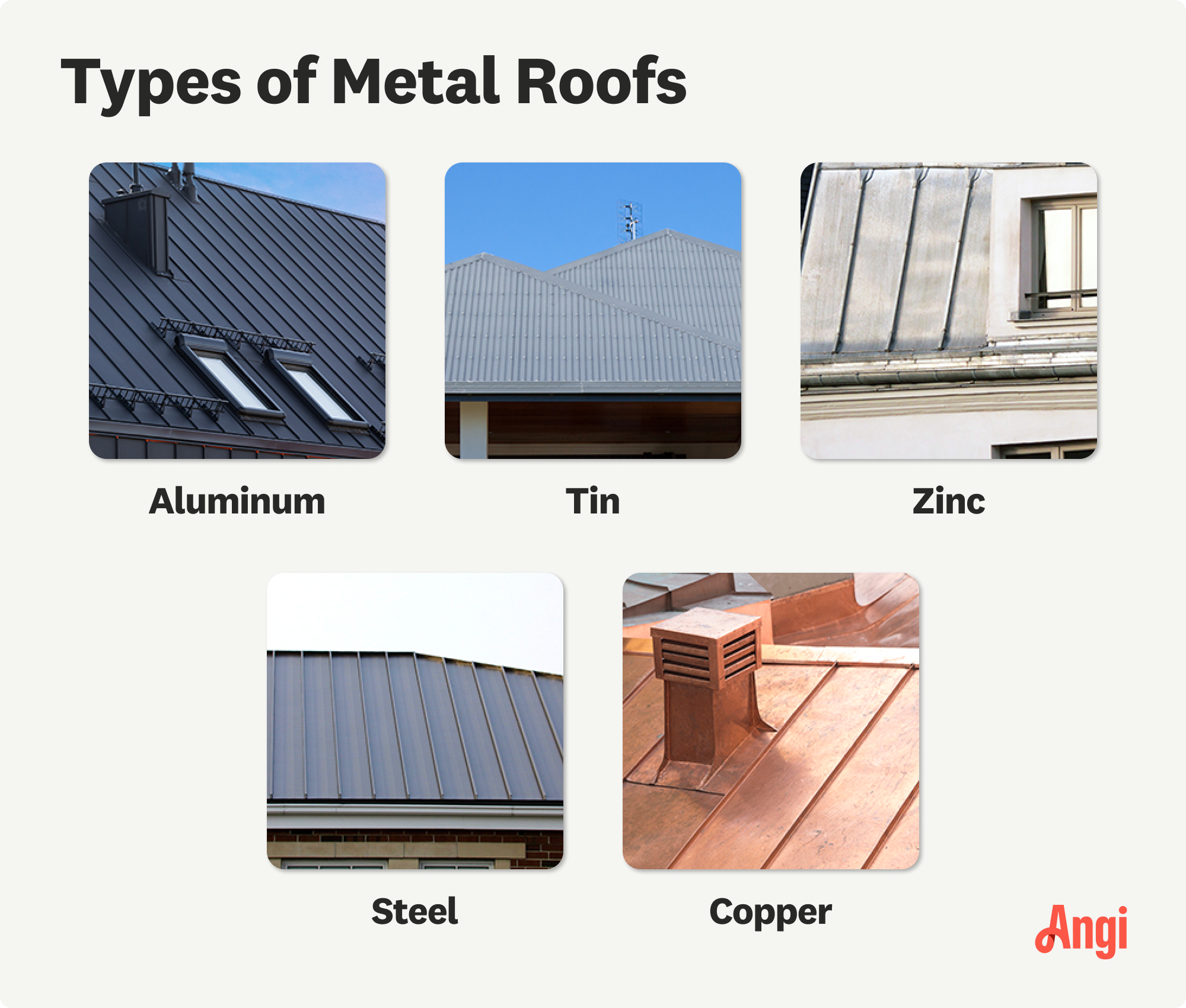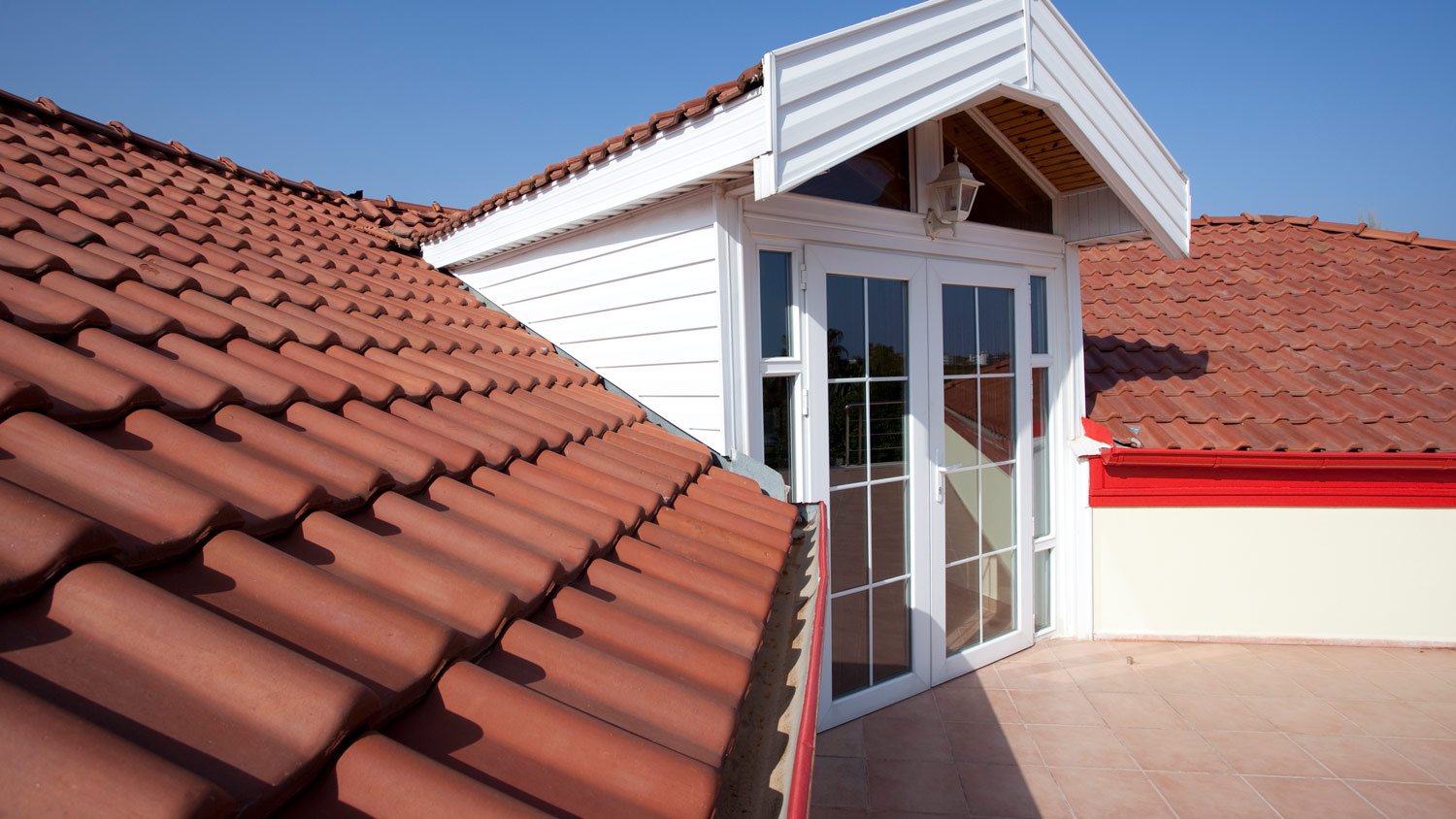
The average slate roof repair falls between $800 and $3,200. Keep reading to discover common cost factors to see how much you could pay.
Metal roofs in Austin cost an average of $16,508, with a cost range of $9,485 to $24,071. A pro roofer will base your costs on roof size and slope and your material choices.


The size of your home and the type of metal you go with will influence your costs more than any other factor.
Metal roofs add significantly to your home value, as they last for decades and help keep the heat out of your home.
Invest a bit more in thicker metal that can withstand expansion and contraction from the heat and severe weather in the area.
Standing seam is the most popular metal roof style in Austin, and it’ll last twice as long as asphalt shingles.
Metal roof costs in Austin average $16,508, and most projects total somewhere between $9,485 and $24,071. You could pay as little as $3,000 if you’re just covering a small section of your roof for an accent to another material, or you could pay as much as $44,000 if you’re doing a total roof replacement on an oversized home. The size of your roof and the type of metal you choose are the biggest factors that will influence your price.
The cost range for metal roofs in Austin is so wide because a few key factors can raise or lower the total cost well above or below the local average.
A metal roof costs an average of $11 per square foot, including materials and labor. Most roofers in Austin charge based on square footage, so bigger homes with more roof to cover will cost more.
The size of your home informs how many square feet of roofing you’ll need. In most cases, the larger your home is, the more roofing you’ll need. For a 1,700 square foot home, you can expect to pay about $22,000 for metal roofing. However, many homeowners in the area use metal roofing as an accent material, so your cost could be much lower if that’s your plan.
| Home Size (Sq. Ft.) | Average Cost |
|---|---|
| 1,000 | $14,300 |
| 1,500 | $19,800 |
| 1,700 | $22,000 |
| 2,000 | $24,200 |
| 2,500 | $30,800 |

Coated steel is the most popular type of metal for roofing in Austin, but you have some options to customize. Aluminum is a more affordable material, although it has half the lifespan, and copper is the longest-lasting but also the most expensive. Zinc and tin are much less common in Texas, but they fall somewhere in the middle.
| Type of Metal | Cost (per Sq. Ft.) |
|---|---|
| Aluminum | $4–$11 |
| Copper | $15–$30 |
| Steel (coated) | $6–$16 |
| Tin | $5–$12 |
| Zinc | $6–$12 |
Most homeowners in Austin choose standing seam metal roofing, which boasts some of the best curb appeal and offers good value for the money. You can go with corrugated metal for a lower up-front cost, but you won’t get the same high-end look. Metal shingles are a unique option, but they’re not widely available in Austin.
| Roof Style | Cost (per Sq. Ft.) | Pros | Cons |
|---|---|---|---|
| Corrugated | $3.50–$15 | Upfront cost | Appearance |
| Metal shingles | $7–$22 | Won’t warp from heat | Most likely to leak |
| Standing seam | $7–$30 | Overall value | Expensive |
Unlike asphalt shingles, metal roofing is available in different thicknesses, also called gauges. Most residential roofs are 24-gauge or 26-gauge. The thicker 24-gauge metal is a better option in Austin for two reasons: roof expansion and extreme weather.
Austin has extremely hot summers and roughly 220 days of sunshine per year. One downside to metal roofing is that it expands and contracts with changes in temperature, which can damage it and loosen fasteners. Thicker metal roofs will resist expansion better, making them a safer option in the hot Austin climate.
Additionally, Austin isn’t located in Tornado Alley, but it does see frequent extreme weather from nearby tornadoes and supercell thunderstorms. These weather events can blow debris onto your roof that can dent metal panels or shingles. A thicker gauge will also be more resistant to denting from impact.
Metal shingle roofing has reflective pigments to act as radiant barriers, and their shape creates an air gap or thermal break between the metal and the roof deck, stopping conductive heat transfer, making them great for summer efficiency.
Optimizing for home energy efficiency is wise in an extreme climate like Austin, so it’s a good idea to invest in insulation under your new metal roof. This will add $1,000 to $2,000 to your total, but since Texas residents consume 34% more electricity than residents of any other state, it can pay for itself over time in savings on cooling costs.
Labor costs for a metal roof installation in Austin average between $8,250 and $9,900. While this makes up a significant portion of your total, it’s worth hiring a pro to ensure a professional-looking roof that’s more resistant to leaks and other issues.
Replacing your old roof will require a permit. The City of Austin charges a flat fee of $333 for a roof replacement permit, which includes the necessary inspections. You’ll need to pay the permit fee, but your roofing contractor will pull the permit and schedule the inspection for you. Many—but not all—contractors include the permit fee in their initial estimates, so ask your metal roofer before signing a contract if you need to budget separately.
A new metal roof will increase your home value, largely because it improves curb appeal. On average, you can expect a 50% return on investment (ROI) from a new metal roof, meaning an average value increase of $8,250 in Austin. Buyers also love to see new metal roofs in Austin, specifically, as they reflect the intense sunlight to reduce solar heat gain inside the home, contributing to lower cooling bills.
Austin is also ranked fifth in the country for major cities prone to wildfires, and metal roofs are more fire-resistant than traditional asphalt shingles.
Home is the most important place on earth, which is why Angi has helped more than 150 million homeowners transform their houses into homes they adore. To help homeowners with their next project, Angi provides readers with the most accurate cost data and upholds strict editorial standards. We survey real Angi customers about their project costs to develop the pricing data you see, so you can make the best decisions for you and your home. We pair this data with research from reputable sources, including the U.S. Bureau of Labor Statistics, academic journals, market studies, and interviews with industry experts—all to ensure our prices reflect real-world projects.
Want to help us improve our cost data? Send us a recent project quote to [email protected]. Quotes and personal information will not be shared publicly.
From average costs to expert advice, get all the answers you need to get your job done.

The average slate roof repair falls between $800 and $3,200. Keep reading to discover common cost factors to see how much you could pay.

Sealing your roof can help preserve its life span—you just have to choose the right coating. This guide will help you budget for your total roof coating cost.

Architectural shingles cost is determined by project size, material quality, and roof condition. Find out how much they'll cost for your home.

If you’re upgrading your roof with stone-coated steel, you should be aware of the total project cost. Learn what will impact your final stone-coated steel roofing costs.

A leaky roof is less than ideal. Learn how to patch a roof while you wait for repairs from the pros to prevent further damage to your home.

Choosing the right roofing material can help your home stand up to snow, ice, and harsh winds. Learn more about the best roofing materials for cold climates.